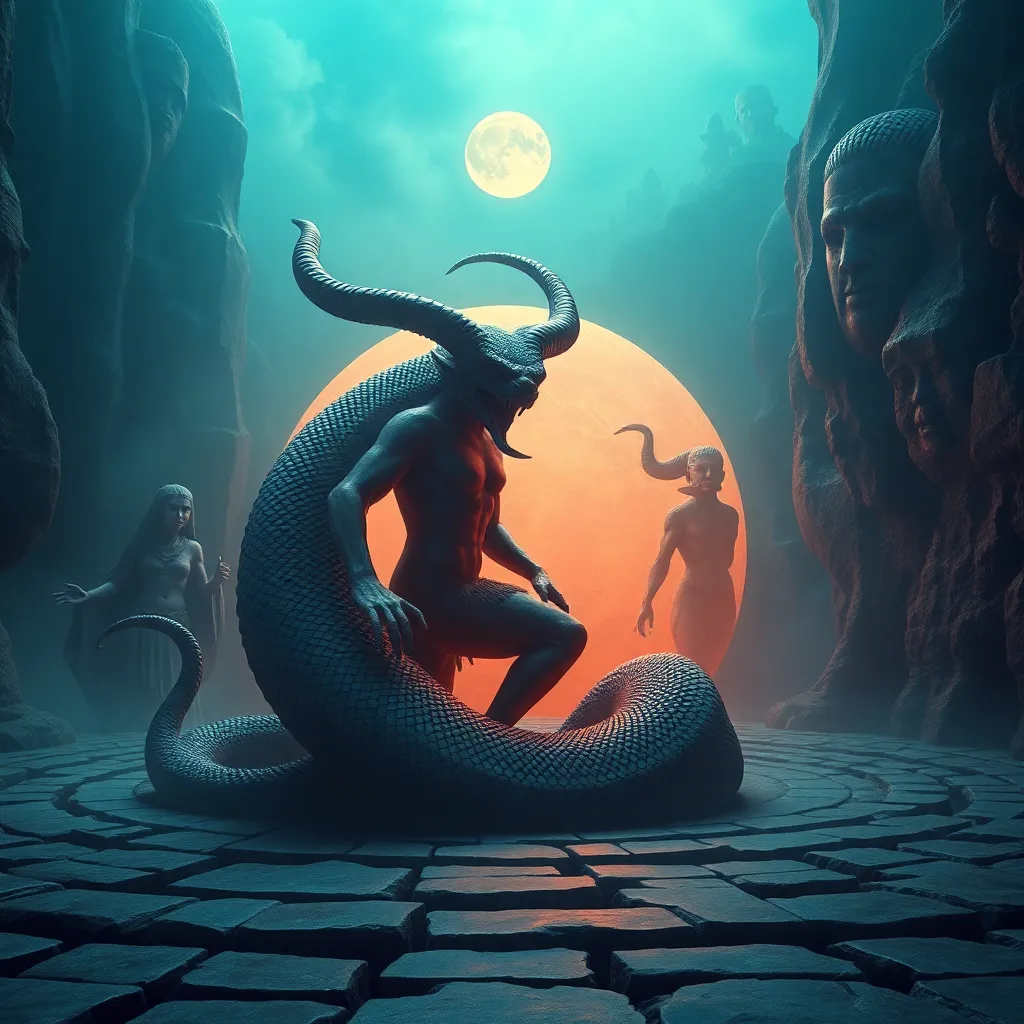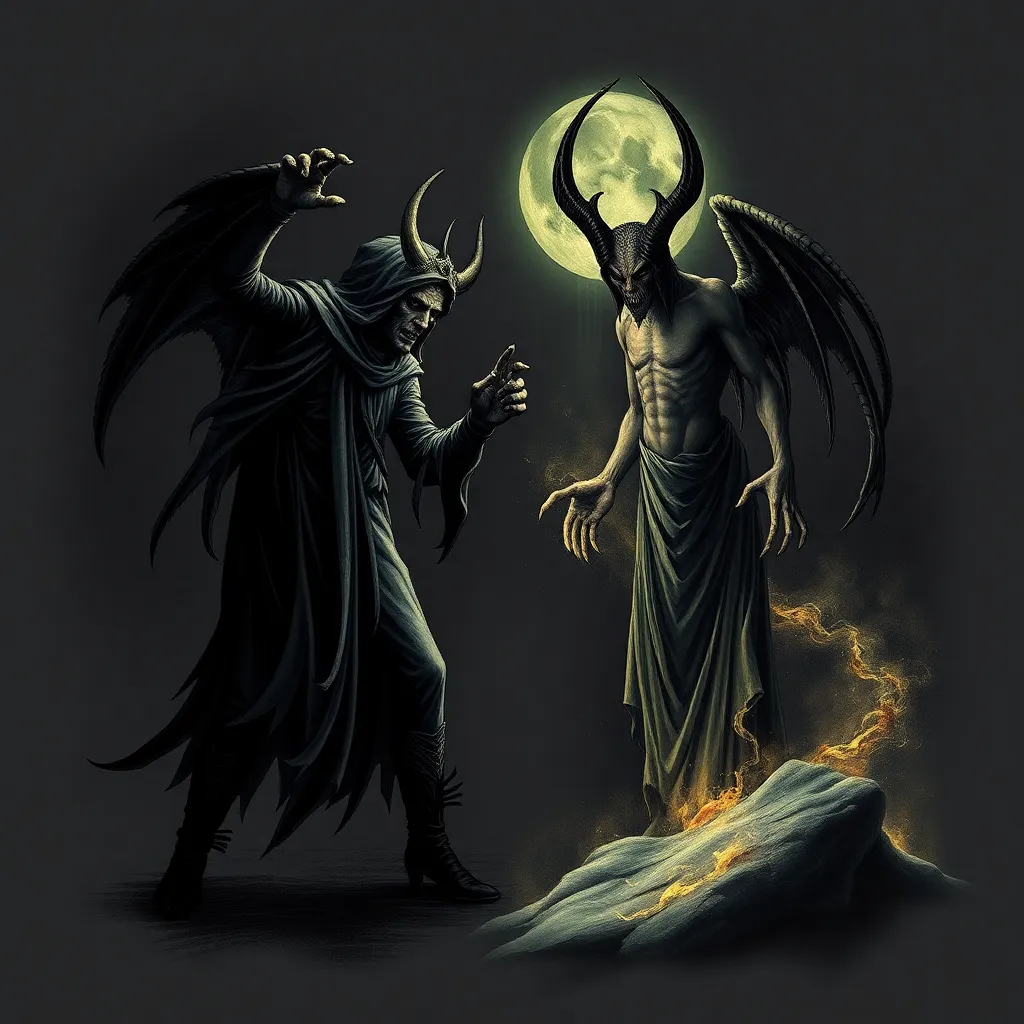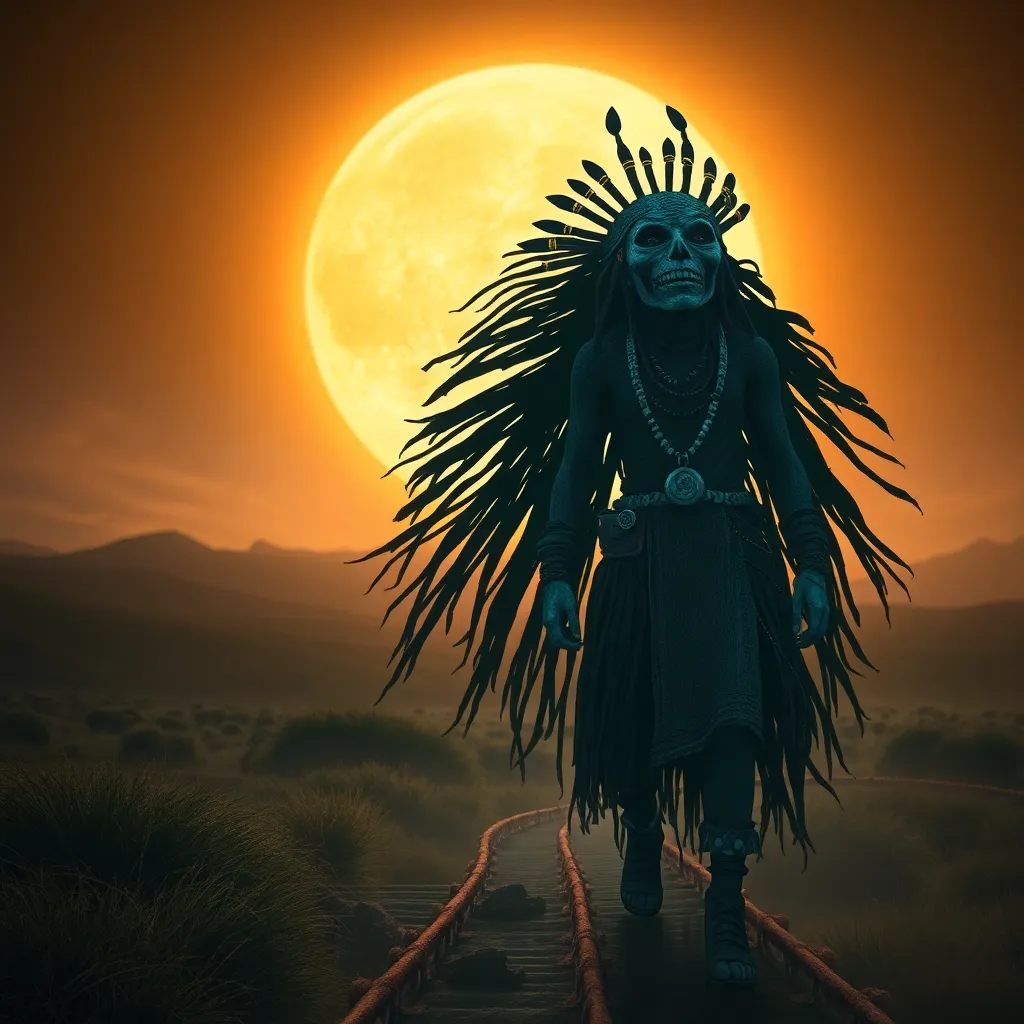Echidna’s Labyrinth: Exploring the Mythological Connection Between the Serpent-Woman and the Minotaur
I. Introduction
Echidna, often referred to as the “Mother of Monsters,” holds a significant place in Greek mythology, symbolizing the primal forces of nature and chaos. As a creature who embodies both beauty and terror, her story intertwines intricately with other mythological figures, particularly the Minotaur, a symbol of human fear and the unknown. This article aims to explore the connections between Echidna and the Minotaur, examining how these two figures reflect deeper themes of monstrosity, duality, and the labyrinth of human experience.
II. The Mythology of Echidna
Echidna is depicted as a monstrous creature, often described as half-woman and half-serpent. She is considered the “Mother of Monsters” due to her role in giving birth to many of the most fearsome creatures in Greek mythology.
A. Description of Echidna as the “Mother of Monsters”
Her physical form is striking; she possesses the upper body of a beautiful woman and the lower body of a serpent. This duality makes her a fitting representation of both allure and danger, a theme prevalent in many mythological tales.
B. Echidna’s origins and her relationship with Typhon
Echidna is often associated with Typhon, a monstrous figure often considered the father of all monsters. Together, they represent the chaotic forces of nature that challenge the order established by the gods. Their union resulted in the birth of numerous terrifying beasts, including the Chimera, Cerberus, and the Sphinx.
C. Key monsters spawned by Echidna and their symbolic meanings
- Chimera: A fire-breathing creature with the parts of a lion, goat, and serpent, symbolizing the blend of different fears.
- Cerberus: The three-headed dog guarding the Underworld, representing the inevitability of death.
- Sphinx: A creature that posed riddles, symbolizing the mysteries of life and knowledge.
III. The Legend of the Minotaur
The Minotaur, a creature with the body of a man and the head of a bull, is one of the most famous monsters in Greek mythology. His story is intertwined with themes of power, sacrifice, and the labyrinth.
A. The birth of the Minotaur and its parentage
The Minotaur was born from Queen Pasiphae of Crete, who was cursed by the god Poseidon to fall in love with a bull. This unnatural union led to the birth of the Minotaur, a being that symbolizes the consequences of human desires gone awry.
B. The Minotaur’s role in the story of King Minos and the Labyrinth
King Minos, in an attempt to contain the monstrous Minotaur, had a labyrinth constructed by Daedalus. This complex maze was designed to hold the beast and trap anyone who entered it, reflecting the themes of entrapment and the struggle against fate.
C. Symbolism of the Minotaur in Greek mythology
The Minotaur represents the darker aspects of humanity—the beast within. His story speaks to the dual nature of man, caught between civilization and primal instincts. The labyrinth serves as a metaphor for the complexities of the human psyche, where one can easily become lost.
IV. The Concept of the Labyrinth
Labyrinths have held significant cultural and historical importance throughout civilizations. They are often viewed as symbols of complexity, mystery, and the journey towards self-discovery.
A. Historical and cultural significance of labyrinths
From ancient Crete to modern interpretations, labyrinths have been used in various contexts, including:
- Religious rituals: Symbolizing a pilgrimage or journey towards enlightenment.
- Art and architecture: Serving as a design element that evokes curiosity and introspection.
- Psychological interpretations: Representing the inner workings of the mind and the journey through life’s challenges.
B. The Labyrinth as a symbol of complexity and the unknown
The labyrinth embodies the complexity of life and the unknown paths we traverse. It invites exploration and introspection, urging individuals to confront their fears and uncertainties.
C. Connections between the Labyrinth and the themes of entrapment
The labyrinth also symbolizes entrapment, both physically and psychologically. Just as Theseus navigated the labyrinth to confront the Minotaur, individuals often find themselves navigating their own labyrinths of challenges and fears.
V. Parallels Between Echidna and the Minotaur
The narratives of Echidna and the Minotaur reveal thematic connections that highlight the nature of monstrosity and the complexities of identity.
A. Thematic connections: monstrosity and duality
Both figures represent duality—Echidna’s blend of beauty and terror mirrors the Minotaur’s combination of human and beast. They challenge the binary notions of good and evil, hero and villain.
B. The role of motherhood in shaping monstrous figures
Echidna’s role as a mother to many monsters emphasizes the complexities of motherhood, where nurturing can also result in the creation of fearsome beings. This theme resonates with the idea that parental influence shapes identity and destiny.
C. Examination of the labyrinthine nature of Echidna’s lineage
Echidna’s offspring, like the Minotaur, navigate their own labyrinths, reflecting the chaotic lineage that she represents. Her children often embody the struggles and fears of humanity, entangled in their own narratives.
VI. Symbolism of the Serpent-Woman and the Beast
The serpent and the beast are rich symbols in mythology, representing transformation, danger, and the duality of human nature.
A. The serpent as a symbol of transformation and danger
The serpent, associated with both healing and harm, embodies the transformative power of nature. It challenges characters to confront their fears and desires.
B. The Minotaur as a representation of human fears and desires
The Minotaur, as a creature born of unnatural desires, represents the darker sides of human nature—instinct, violence, and the struggle for identity.
C. How both figures challenge traditional notions of heroism and villainy
Through their complex narratives, Echidna and the Minotaur challenge the simplistic categorization of heroes and villains. Their stories invite deeper inquiry into the motivations behind monstrous behavior.
VII. Cultural Interpretations and Legacy
The myths of Echidna and the Minotaur have transcended time and culture, influencing various forms of art, literature, and thought.
A. How different cultures interpret the stories of Echidna and the Minotaur
Different cultures have reinterpreted these figures, exploring themes of monstrosity, identity, and the human condition in their own contexts.
B. The impact of these myths on modern literature and art
Contemporary writers and artists continue to draw inspiration from these myths, using them to explore themes of identity, fear, and the complexities of human nature.
C. Relevance of Echidna and the Minotaur in contemporary discussions of identity and monstrosity
Today, the stories of Echidna and the Minotaur resonate in discussions about identity, the nature of monstrosity, and the human condition—inviting reflection on what it means to be human.
VIII. Conclusion
In summary, the exploration of Echidna and the Minotaur reveals deep connections between monstrosity, identity, and the labyrinthine nature of human experience. Their stories challenge our perceptions of good and evil, inviting us to reflect on the complexities of our own identities. The enduring power of these myths serves as a reminder of the profound insights they offer into human nature, encouraging further exploration of the connections between mythological figures and their implications for understanding ourselves.



